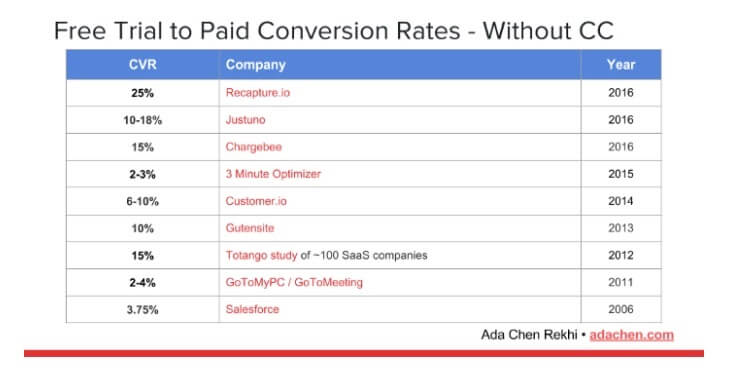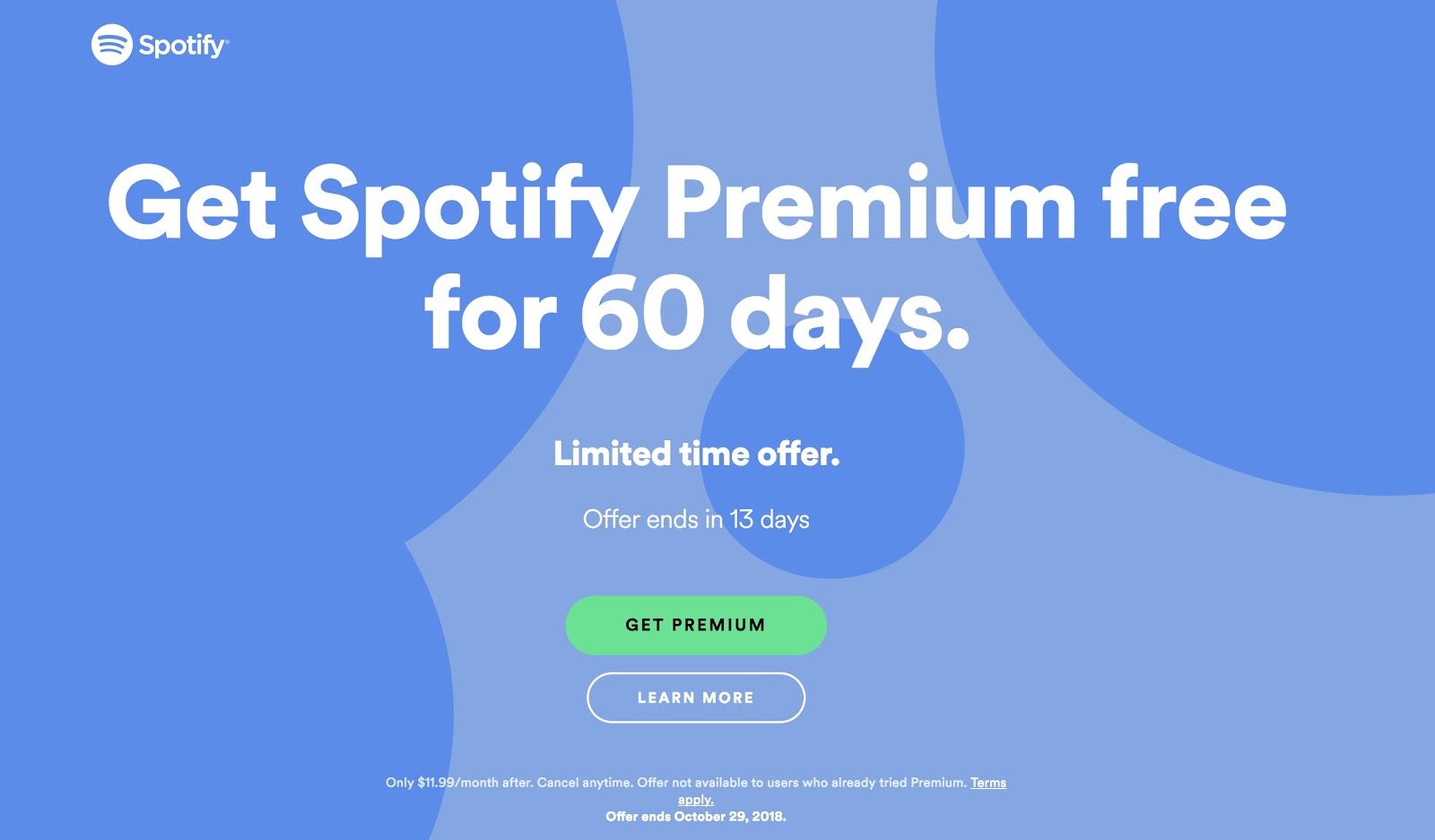Over the past decade, freemium has become one of the go-to business models among SaaS startups. Even if you’ve never heard the phrase, you’ve almost certainly used the model. Platforms like Spotify, LinkedIn, or DropBox all offer a free version of their service with the option to upgrade to the premium model to unlock better features designed to make your user experience as valuable and smooth as possible.
The idea is to draw your customers in with a free, easy to sign up to service they can duck out of any time they like. This no-frills package offers users basic functionality in the hope they’ll love it so much they’ll eventually succumb to the premium package, happy to upgrade for the additional features on offer. The other option is to include some annoying adverts that people would be happy to pay a bit extra to get rid of.
Freemium pros
Using a freemium model allows a new business to scale up and attract customers without spending money on costly ad campaigns or a traditional sales force. New customers educate themselves on the features of a freemium model, eliminating the need for costly demos or marketing tools, and if they like it, they tell their friends, who then tell their friends.
By offering a free model, you’re able to focus on building trust and enabling users to see the value of your product by actually using the product. The customer discovers your product’s capabilities on their own, without feeling in any way led or bamboozled by clever marketing tactics.
Freemium cons
One of the major drawbacks of a freemium model is that they don’t always work.
Spotify lost millions of dollars before they gained enough paying subscribers to cover the cost of their freemium users. Unless you have an investor with some very deep pockets, the freemium model can be a big risk for small companies to take.
Deciding which features should be free to users can also be a bit of trial and error, If you're not succeeding in attracting new users, it probably means your free features aren’t quite cutting it. However, if you’re attracting lots of users but they’re not converting, you might have given away too much, it’s a tough balancing act.
Asking users to pay for something they previously had for free is a sure-fire way to tick them off.
But it’s not all doom and gloom!
Stick with us as we take a look at how to limit your features and the rules you should follow if you decide that the freemium model’s right for your business.
Limiting your product
In order to implement your freemium model, as mentioned above, you need to place certain limitations on your product. You can do this a few ways:
Limit features: Offer premium users extra features or enhanced versions of the ones they already have.
Limit usage: This could mean a limit on storage, monthly credits to access certain areas, or data processing quotas.
Limit support: Offer tiered access to certain support features or even customer service reps.
It’s not uncommon for businesses to use a few of these limitations together but again, finding the right balance is key. With a deep understanding of your customer’s needs and the value they'll gain from your product, you should be on the right track.
Freemium vs free trial
Now we’ve scratched the surface of the freemium model, you might be thinking “well, why not just offer a free trial?”
The conversion rate for free trials that require a credit card to activate is 30-50%. Impressive rates from the outset, right? But how many of those are users who simply forgot to cancel the free trial and failed to notice the monthly fee leave their bank account? Great for acquiring new customers, but not so great at retaining them.
When you factor in free trials that don’t require a credit card to activate, the numbers vary wildly and depend on many different things like product category, and target users.
Just take a look at this table:

There’s a lot of pressure on users to convert from the outset with a free trial, especially trials that require a credit card sign-up process. This kind of obligation and commitment to a product they’re yet to experience can be off-putting. Freemium models, however, offer a zero obligation, pressure-free environment where users can explore your product without being forced to make a purchase decision before they’re sure.
A freemium model also allows your product to scale in line with your user’s needs. They might not need everything you have to offer initially, but as they continue to use it and integrate it into their everyday lives or workflow, paying for the premium option is an easier alternative to either switching to a new product or moving everything over.
A good example of this is Apple’s iCloud storage system. Once I’d reached my free storage quota, the option of paying 99 cents per month for extra storage was much more attractive than removing all my images and videos manually or deleting apps I use and enjoy on a regular basis.
Freemium models are also inherently sharable in a way that benefits your business greatly. As we mentioned earlier, if you provide a good, free service users will refer their friends and connections. This laidback, zero-obligation model guarantees a higher, steadier stream of leads, increasing your acquisition potential.
The rules
Always recognize the full value of your free users
According to the Harvard Business Review, a freemium user is typically worth 15-25% as much as a premium subscriber, thanks to the number of referrals they bring with them. Look after your freemium users and they’ll do your marketing for you.
Just look at these statistics from a recent Invesp study:
- 88% of consumers placed the highest level of trust in word-of-mouth recommendations from people they know.
- 82% of marketers use word-of-mouth marketing to increase their brand awareness.
- 43% of marketers expect word-of-mouth marketing to improve their direct sales.
- Word-of-mouth marketing drives $6 trillion of annual consumer spending and is estimated to account for 13% of consumer sales.
These statistics make a pretty compelling argument for why you should take care of your freemium users. Convert them into product evangelists and watch as they convert their friends into premium users.
Customer success is the key to conversions
With a freemium model, your product and its users are doing the selling. This means it’s essential that your users recognize the value of your product as soon as they sign up. Make sure you onboard them straight away.
Send an engaging welcome email or a series of in-app onboarding messages while your user gets acquainted with your product.
We have an excellent onboarding email template you can check out in our members’ area, as well as some stellar onboarding framework to get you started.
You could also set up a FAQ for new users, link them to a blog post highlighting important features, or share tips and updates via a monthly newsletter.
Include a free trial
I know, I know, after everything we said about free trials being restrictive and pushy! However, this way, you don’t have to choose between the two. Show your freemium users what they’re missing on the premium plan with a full-featured limited-time-only free trial.
In 2018 Spotify offered freemium users 60 days of premium for free. Now in this trial, users did have to offer up their credit card details to qualify, but freemium users gained an extra 30 days of premium compared to the usual offers. Enough time to get accustomed to unlimited skips, offline playlists, and the ability to play an album in its usual order without the shuffle button firmly on lock. How on earth do you go back to a limited plan, full of annoying, unskippable adverts after all that?

Going back to freemium after enjoying all of those premium features only makes them more pronounced and more undesirable, creating a psychological incentive to upgrade.
Always remind your users to upgrade
Treat this process like dating, your users are real people after all, and sometimes, real people aren’t very well versed in the art of subtly. Tell it to them straight; make it clear that you would like them to upgrade.
Remind them consistently that they’re on the free plan and there are so many things they’re missing out on in the premium model. Give them a dose of FOMO!
Here’s how:
- Highlight the plan’s limitations for free users by informing them that the action they wish to take can only be accessed by premium account holders, or utilizing in-app notifications to highlight specific actions the premium plan offers.
- Send out regular emails to remind users what they’re missing out on and send offers to incentivize conversion.
- Track your user’s behavior and target the subset who are close to maxing out their freemium usage limits with instructions on how a premium account can solve their issues.
There’s no doubt that freemium plans are an increasingly popular acquisition tactic. If you’d like to learn more about converting freemium users to premium customers, and take away actionable tips and templates check out our membership plans and lock in early adopter pricing for life. 😉



